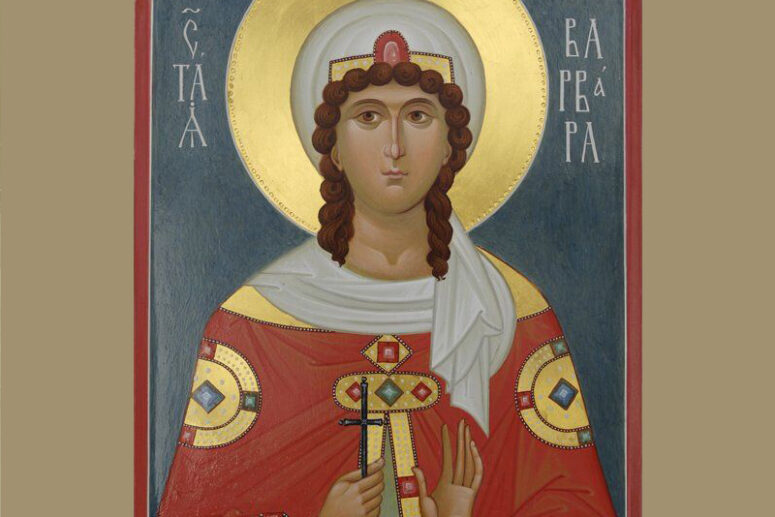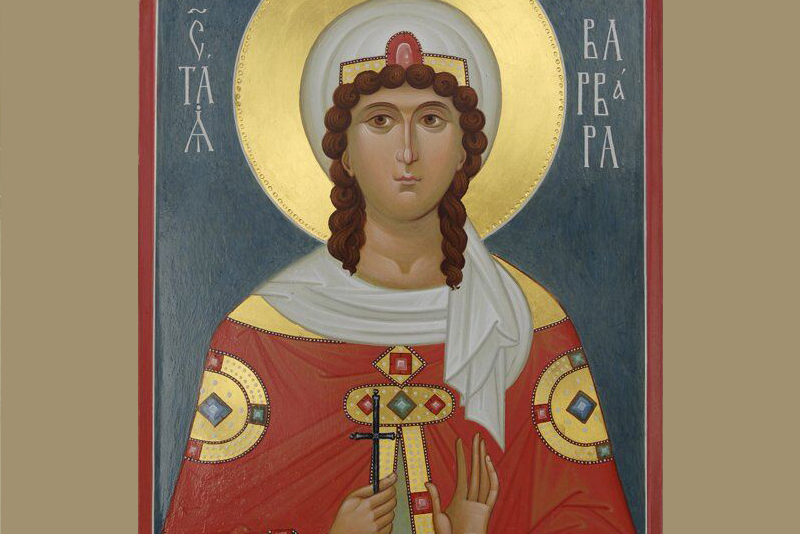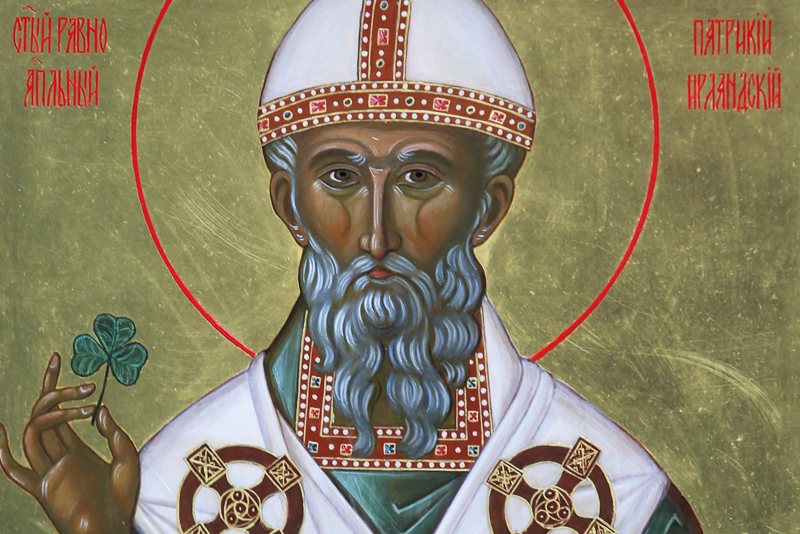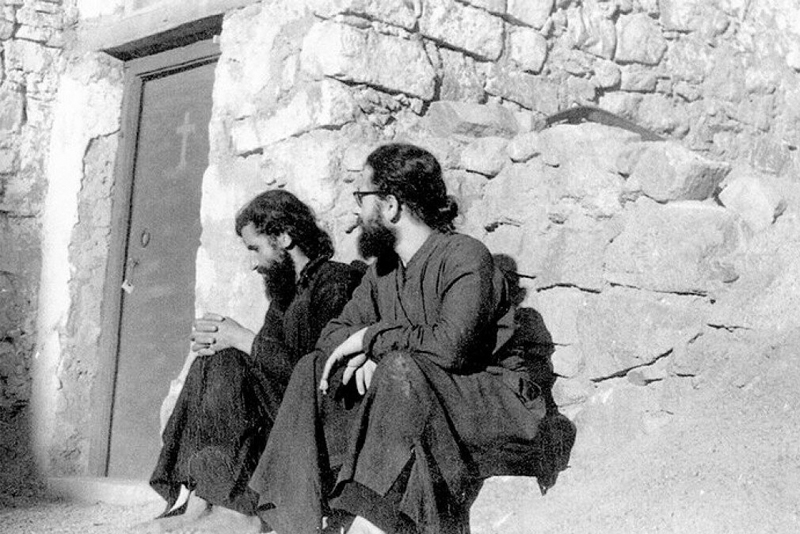
Saint Barbara, the Holy Martyr (3d – early 4th century) Commemorated on 17 (4) December.
Does artillery, ‘the God of War’, have a patron saint in Heaven? Definitely. Her name is Barbara (translated from the Greek as ‘outsider’). A character of hagiographical literature, virgin and holy martyr, she is revered in the Eastern and particularly in the Russian Orthodox churches, and by The Catholic Church in the West. Eastern churches celebrate her feast day on 17 December, new style (4 December old style), and Western churches on 4 December.
The story of Barbara’s life and martyrdom is grounded in the church tradition and dates back to the seventh century. Its most likely origin is from Egypt. The narration is symbolic and general, and has parallels with the lives of Saint Irina and Saint Christina, despite distinctions in the details. According to hagiographical sources, Saint Barbara was born in the Egyptian city of Heliopolis and was the only daughter of Dioscor, a rich Pagan. To protect his lovely and intelligent daughter from the overtures from aspiring grooms from all over Egypt, her father built a tall tower and put Barbara there. He had little idea how much his intention matched the determination of her daughter to remain celibate. Barbara’s father instructed the builders to make two windows in the castle’s walls, but Barbara, who had adopted Christianity in secret from her father, asked for a third window, a visible sign of her belief in the Holy Trinity. She also demolished the effigies of the Pagan Gods her father had put everywhere in the tower.

When Dioscor returned from a long journey, he found out about her daughter’s conversion and surrendered her to the hands of the Prefect Martinian, who subjected her to unimaginable torments. In her prison cell, Barbara received consolation and healing from Jesus Christ who appeared to her and gave her communion. Based on this account she is venerated as an intercessor for people in difficulty so that no faithful Christian would die without communion. While her torments lasted, Barbara sang psalms as if she was was immune to pain. Enraged, Dioscor beheaded his daughter with his own hands, and died that very moment, struck by lightning. According to tradition, the martyrdom of Saint Barbara happened in the early fourth century, during the last period of mass persecution of Christians under the reign of Emperor Maximin (235 – 238). She was believed to have been a disciple of Origen of Alexandria, († 253/4), a known Christian scholar.
Eventually, her relics were laid to rest in Constantinople. According to the writings of the Byzantine author Anna Komnene (1083 – 1153/4), the church of Saint Barbara served as a refuge for the accused fugitives of the law. This account was the possible basis for the belief that Barbara had the gift from God to give protection from sudden violent death. In 1108, some of her relics were translated to Kiev by the Byzantine princess Barbara (also from the Komnene dynasty) who married the Kievan duke Svyatopolk (Mikhail). The life of Saint Barbara was popular reading in the land of Russia. It was retold in the Akathist by Joasaph of Krokov (1708 – 1718), the Metropolitan of Kiev, and in popular rhymes and psalms.
Saint Barbara was depicted in an 8th-century Roman fresco that has survived to this day. The life of Saint Barbara becomes a part of the Roman Catholic Church tradition a century later. The story of her life was borrowed from the Menologion by the Byzantine hagiographer Symeon the Metaphrast. In Catholic iconography, she is shown as one of the fourteen Holy Helpers who protect the faithful from sudden death. Barbara is invoked as the protectress from fire, stormy seas and lighting on dry land, which possibly gave grounds for her veneration as the patron saint of gunmen and the artillery. On icons, Barbara appears with a crown, a sword (an execution weapon), a tower with three windows (which she may be holding in her hands), a peacock (symbolising immortality and the resurrection of Jesus Christ), and a communion cup, a reference to a dignified Christian Death. She may also be depicted with an artillery gun at her feet. In secular art, the image of Saint Barbara was widely used in 15th and 16th-century paintings by Italian and Flemish artists. Details of the life of Saint Barbara’s life were used by the British Author K. Chesterton in his – poem “Saint Barbara”.
Yury Ruban, Candidate of Sciences (History), Candidate of Theology
Bibliography
Paschini P. S. Barbara. Note agiografiche. Roma, 1927; Ruban, Yu. Barbara // Russian encyclopaedia of humanities. Moscow and Saint-Petersburg, Volume 1, pp. 300 – 301.




